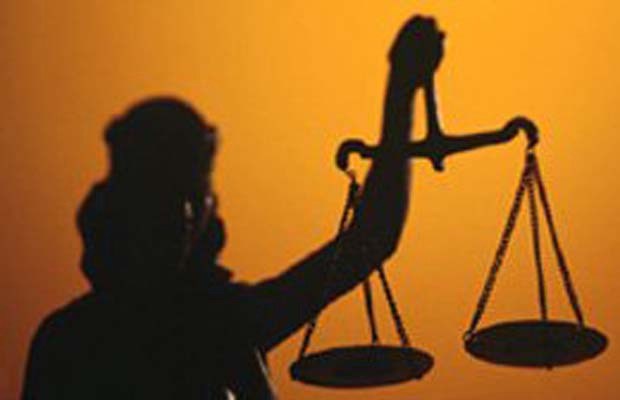Religious freedom is not compromised when students are taught about other beliefs, a judge concluded Wednesday, dismissing a petition by a Port Alberni mother who said her children were forced to participate in an Indigenous smudging ceremony.
B.C. Supreme Court Justice Douglas Thompson found that Candice Servatius failed to prove that the smudging ceremony performed by a Nuu-chah-nulth elder at John Howitt Elementary School in Port Alberni in September 2015 interfered with her and her children’s freedom of religion.
Servatius, an Evangelical Christian, also took issue with a January 2016 activity at the school involving an Aboriginal hoop dance performer who recited a prayer in the middle of his performance.
Servatius took School District 70 to court seeking an order prohibiting future religious or spiritual ceremonies of this nature. Servatius also sought a declaration that the actions of the school district violated her right to religious freedom and that of her children. The Justice Centre for Constitutional Freedoms filed the petition on her behalf.
“I am not satisfied, on an objective standard, that being in a classroom containing smoke produced by an Elder setting sage alight, or being in the presence of a dancer saying a prayer, interferes with the ability to act in accordance with religious beliefs,” Thompson wrote in his 47-page judgment.
“To my mind, these are admirable and admissible efforts to teach, in a memorable way, about Indigenous beliefs. It is surely proper, and advisable in light of the historical circumstances, that the School District organize such events.”
In most instances, wrote Thompson, it is not difficult to recognize the boundary between a student learning about different beliefs and being made to participate in spiritual rituals.
“A field trip to a mosque to watch prayers would be learning about Islam; an Imam coming to the classroom and demonstrating prayer rituals would likewise not be problematic.
“However, in either of these cases, if the involvement of the students progressed to being called upon to pray or read from the Koran then it might well be said that educators have compelled the manifestation of a specific religious practice or the affirmation of a specific religious belief.”
In this case, Thompson found the intention of the school district was to teach about Indigenous culture and to help make Indigenous students feel like they belong at the school, not to profess, adopt or favour Indigenous spirituality.
About one third of the school’s 250 children are Indigenous.
The case began in September 2015 when the principal wrote to parents to tell them that the school would be hosting a traditional Indigenous smudging ceremony.
Parents were informed in the letter that students would participate by holding a cedar branch while smoke from sage was fanned over them to experience “cleansing energy.”
The school board also noted the ceremony would be an opportunity for students to learn more about Nuu-chah-nulth traditions.
Servatius went to the school to learn more, but discovered that the ceremony had already taken place, and that all students were required to participate.
During the five-day trial in Nanaimo in November, court heard that Servatius believes the Bible is the word of God and no other spiritual authority, spirit or god should be prayed to. Attributing spiritual energy to plants, animals or other gods is unbiblical and forbidden to her as a Christian.
She called the school district’s actions “compelled participation in state-sponsored religious exercises.”
The school district argued that it strives to increase student awareness and understanding of Nuu-chah-nulth culture history and language. Activities relating to culture, traditions and religion are designed as educational experiences, without advocating the supremacy of one belief over another.
The Nuu-chah-nulth Tribal Council, which represents 10,000 members from 14 nations, acted as intervener in the proceeding. It advocates for cultural inclusiveness in schools as a crucial part of changing the relationship between Indigenous and non-Indigenous Canadians on the basis that “people cannot honour difference if they cannot understand it.”
Much hard work has been done in B.C. to begin to incorporate Indigenous knowledge and learning about Indigenous cultures into the kindergarten to Grade 12 curriculum, Thompson wrote.
Although Servatius’ daughter complained there was so much smoke she couldn’t see and that smoke was waved over her desk while she was sitting at it, Thompson rejected her version of events.
Thompson found that in each room, the elder smudged the perimeter walls and doorways, making use of an eagle feather and sage burning in an abalone shell. “In no classroom were the students, their desks or their belongings smudged,” wrote Thompson.
On Wednesday, the Justice Centre for Constitutional Freedoms issued a statement saying it is disappointed with the court decision.
“We are reviewing the decision with an eye to next steps,” said Jay Cameron, the centre’s litigation manager and counsel for Servatius.
“This is a disappointing decision for citizens from any religion or cultural background, each of whom has a constitutional right to be free from state-compelled spirituality.”



